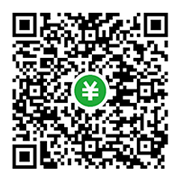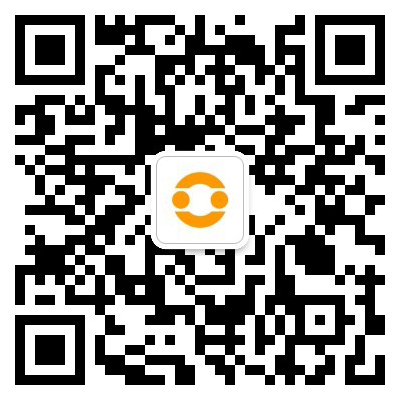I still remember the first time I tried to recreate my grandmother\’s secret cocktail recipe from her handwritten notes. There it was, scribbled in faded ink: \”2 oz of fresh lime juice.\” But my kitchen scale only showed milliliters, and I stood there, baffled. That simple measurement mix-up turned a five-minute prep into an hour of frantic googling and guesswork. It wasn\’t just about the drink—it was a lesson in how everyday conversions can make or break a moment, whether you\’re whipping up a family dinner or mixing remedies in a pharmacy.
Ounces and milliliters come from worlds apart. Ounces trace back to ancient Roman times, evolving into the fluid ounce we use today, mostly in the US and UK systems. But here\’s the catch: not all ounces are equal. A US fluid ounce for liquids is about 29.57 milliliters, while an imperial ounce (still common in the UK) is roughly 28.41 ml. Milliliters, on the other hand, are part of the metric system—clean, precise, and globally dominant. That difference might seem tiny, but in baking or medicine, it can lead to a cake that flops or a dose that\’s off. I\’ve seen it happen to friends who assumed \”oz\” meant the same everywhere, only to end up with a batch of cookies that tasted more like cardboard than comfort.
So, how do we convert 2 oz to ml without losing our minds? For US fluid ounces, it\’s straightforward: multiply by 29.5735. That gives you 59.147 ml, which we round to 59 ml for practicality. If you\’re dealing with imperial ounces, it\’s closer to 56.82 ml—always double-check which system your recipe or label uses. I keep a mental shortcut: 2 oz is roughly two shot glasses full, or about 60 ml in casual terms. But don\’t just take my word for it; test it yourself. Pour 2 oz of water into a measuring cup, then check the ml line. You\’ll see it lands near 59 ml, and that hands-on feel builds confidence faster than any app.
Why does this matter beyond the kitchen? In my travels, I\’ve watched pharmacists in Paris measure antibiotics in ml, while bartenders in New York swear by oz. It\’s a universal language of precision. For instance, in skincare, mixing 2 oz of carrier oil with essential oils requires exact ml conversions to avoid skin irritation. Or in DIY projects, like thinning paint, a small error can ruin your masterpiece. I learned this the hard way when a \”rough estimate\” of 2 oz turpentine turned a vibrant mural into a streaky mess. Tools like digital scales with unit-switching buttons are lifesavers, but nothing beats understanding the math behind it—it turns anxiety into second nature.
Beware of pitfalls, though. People often confuse fluid ounces with weight ounces (for dry goods), leading to disasters like oversalted soups. Or they forget temperature effects: liquids expand when warm, so always measure at room temp for accuracy. I once added \”2 oz\” of cold honey to a recipe, only to realize it was denser and threw off the ml equivalent. And in a digital age, it\’s easy to rely on conversion apps, but they can glitch—trust but verify with a physical measure. Ultimately, mastering this isn\’t about memorizing numbers; it\’s about connecting to a global community where a shared grasp of units fosters trust, whether you\’re trading recipes online or collaborating in a lab across borders.
 微信扫一扫打赏
微信扫一扫打赏
 支付宝扫一扫打赏
支付宝扫一扫打赏

